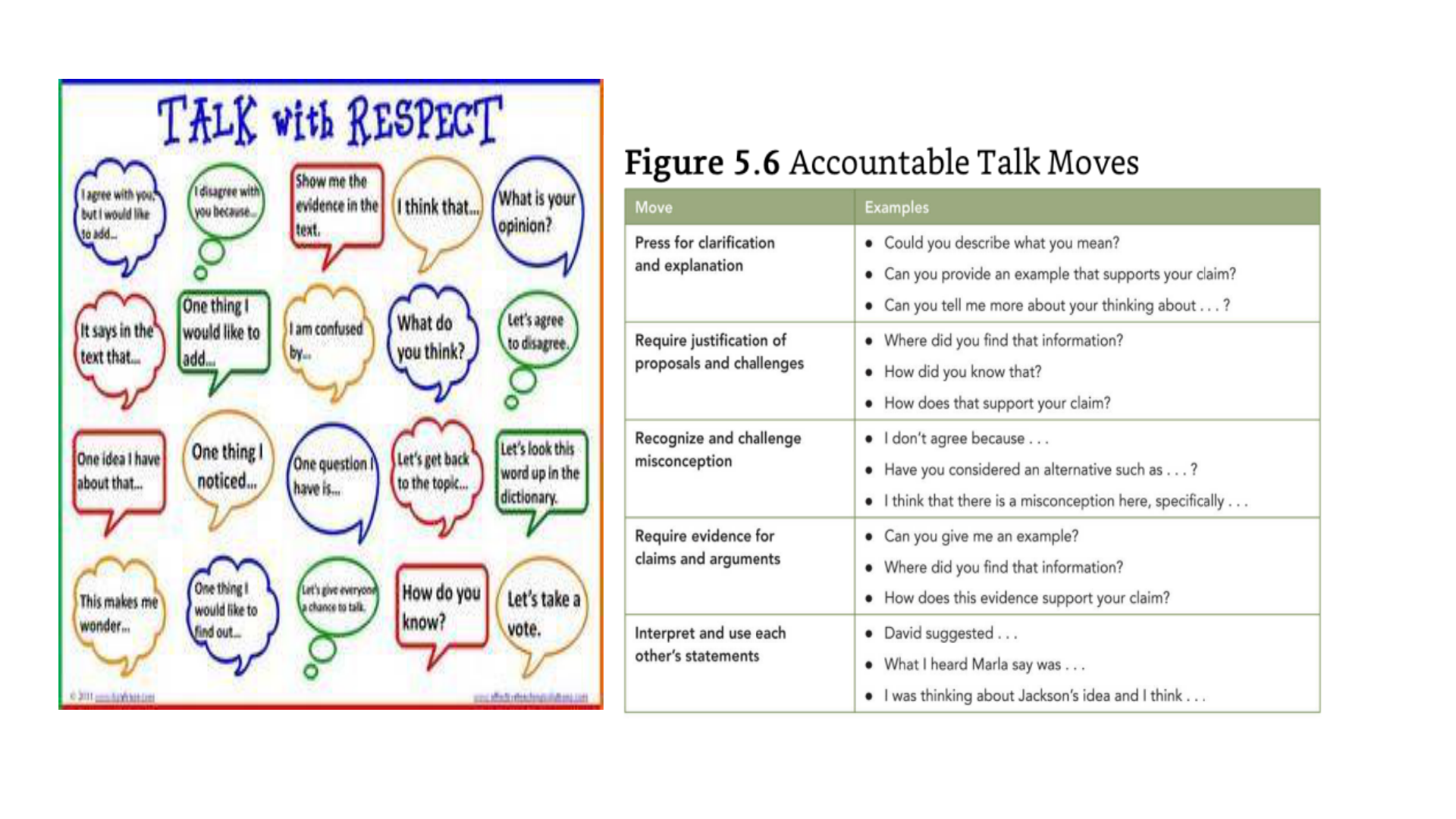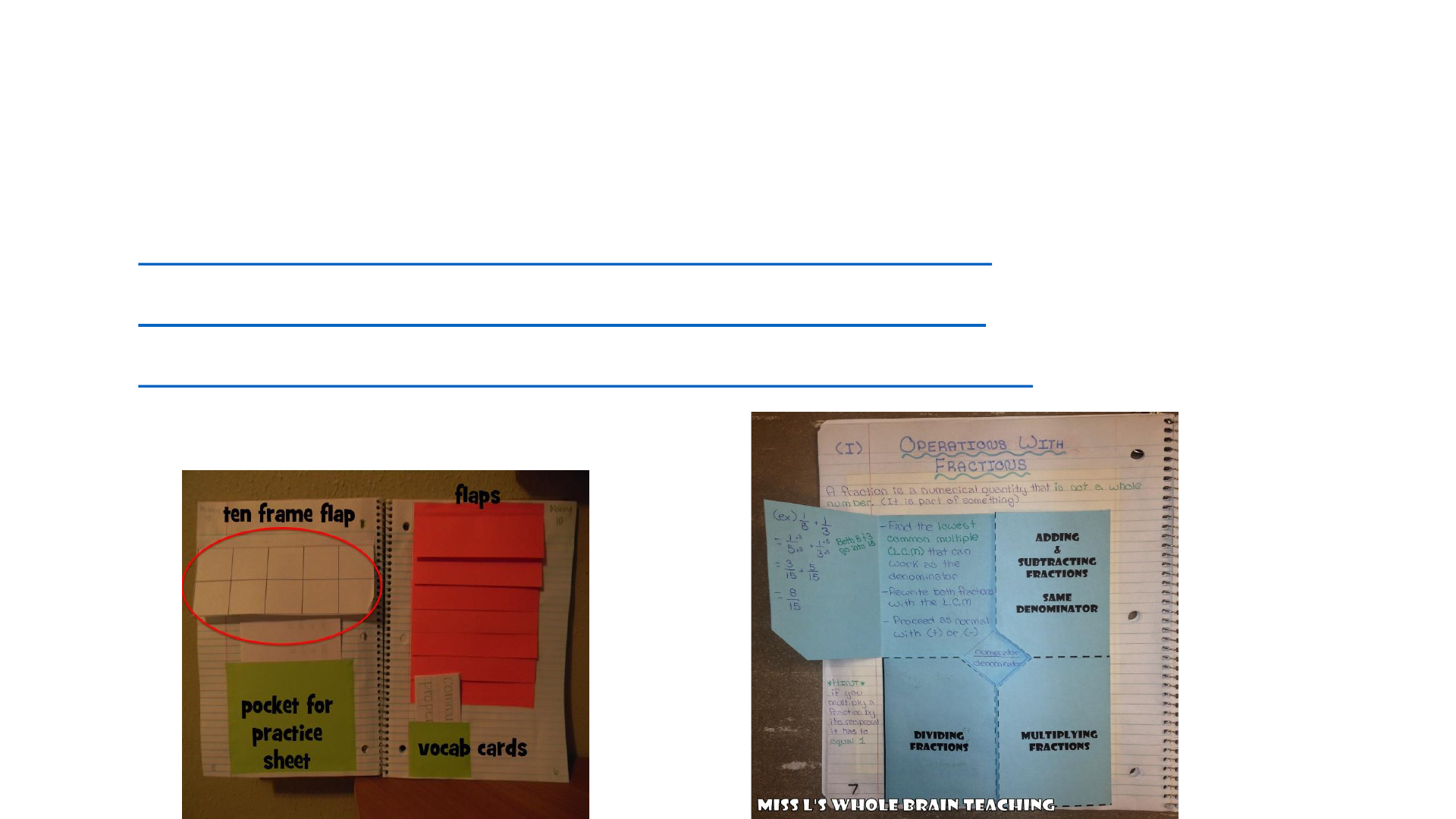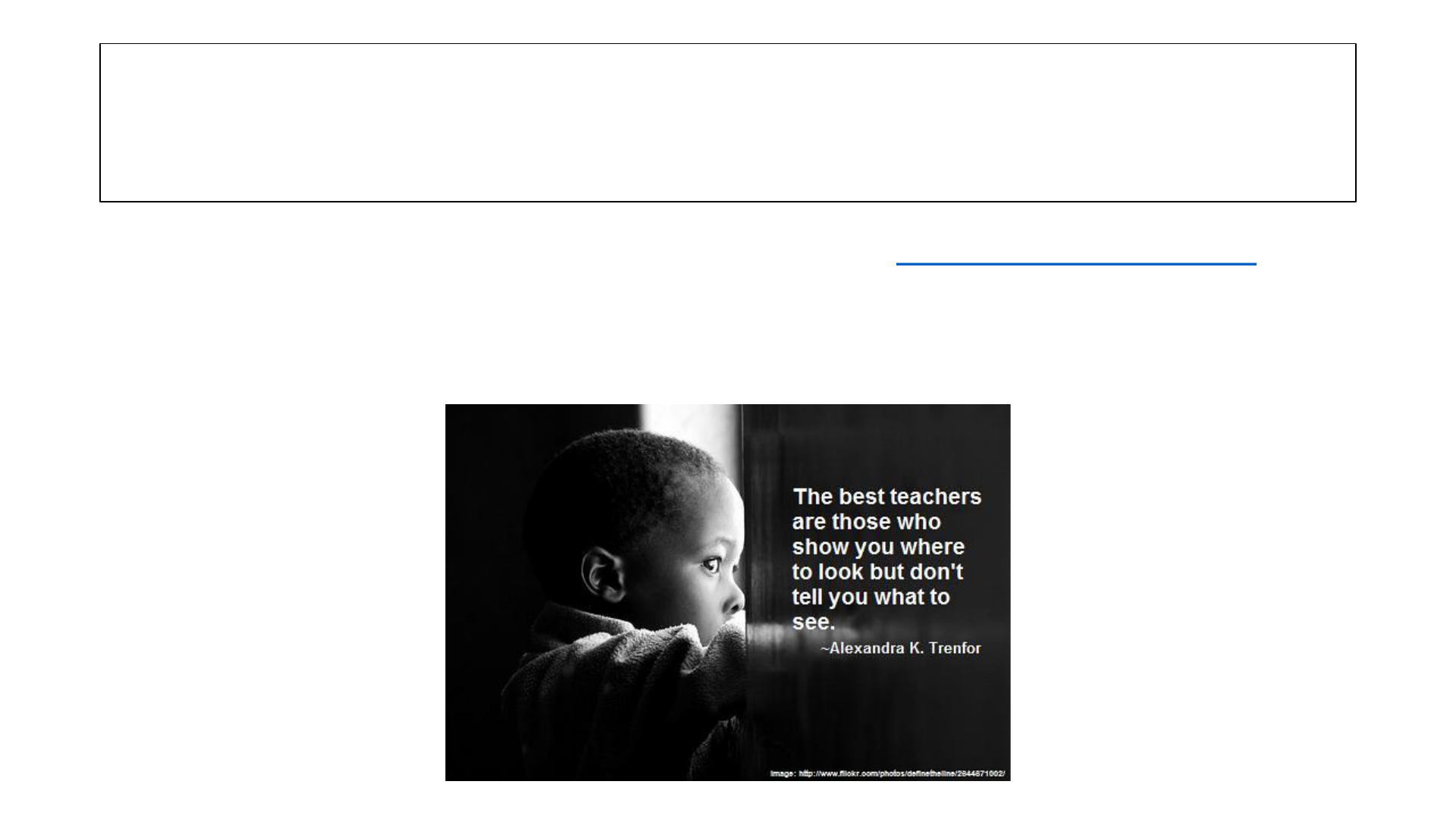
Student Led Classrooms
5-12
th
Grades
Preston
2022
1

Self-paced Training –How it works……
1. Make sure you register at Macon Piatt ROE: https://www.maconpiattroe.org/ Click
on the Sign up for PD button, and fill out registration.
2. When you complete the training, send them to prestonb@roe39.org and you will
receive an email from me with feedback on your tasks. I will mark you as completed
and an evaluation will come to your email. Fill out the evaluation and within
minutes you should get an email with the website to print off your hours.
3. Participants will go through the power point, viewing each slide and videos.
4. Tasks will be in RED and they need to be completed and sent to me. Pre/Post Test,
too. Please send when training is completed. You may have to copy and paste the
hyperlinks into your browser to view them.
5. Slides 3 is an example of how to send the tasks.
6. Please contact me if you are having any trouble with the training.
Put your answers in a WORD or PPT document and when you complete the entire
training, send them to me as one document. I cannot open Google or One Drive here at
the office. Thank you.
2

Example for task submission to me by email:
Your Name and Email: Barbara Preston
prestonb@roe39.org
Title of Training: Student Led Classrooms 5-12
th
Grade
Task One- answer
Task Two- answer --etc.,
Send all completed tasks in one document or you can copy the task
slide, answer it, and send it into a power point. Word document can
be used too.
Some tasks you may have to highlight and put into your browser.
3

Course Outcomes John McCarthy August 25, 2014
1. Have clear learning criteria and ensure that students understand them.
2. Empower Student Voice to Design Personal Learning Products
3. Readiness combined with interest leads to students doing work at a
respectable complexity level with the familiarity of a topic that they
relate to.
4. Learners are less daunted about tackling complex work with difficult
obstacles if the topic interests them and if they have a voice on how to
accomplish the work.
5. When teachers plan for content, processing, and product, differentiating
by interests helps remove the blindfold so that learners can see those
invisible concepts made visible.
4
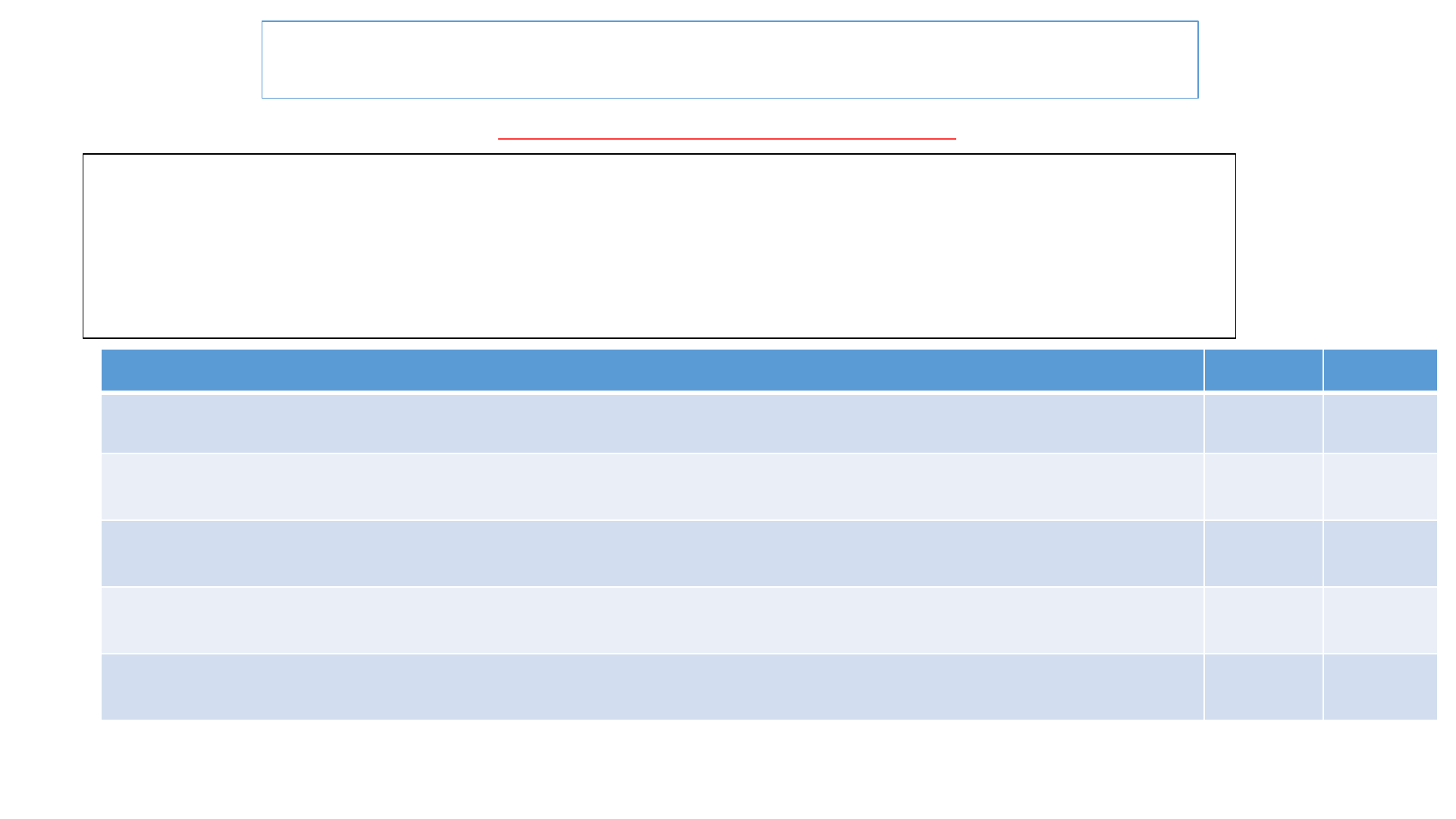
Pre/Post Test for Student Led Learning
The following statements related to the targets of this training session.
Please indicate your comfort level with the following:
4 = I am confident in my knowledge
3 = I am on the right track
2 = I am not sure I am doing it right or with the right amount of consistency
1 = I need more information in this area
Copy the pre and post tests and send to me.
Student Led Statements
Pre
Post
1. I
understand that clear directions, clear understandings of a lesson, and clear expectations are needed for all students.
2. I can identify
ways I can make lessons more student driven and real world.
3. I
know what my classroom should sound like, feel like, and look like for successful student led learning.
4. I realize that true engagement leads to true motivation and if that is present, perseverance will prevail.
5. I can locate resources to support my efforts in making my class more student led.
TASK ONE - PLEASE TAKE THIS TEST NOW AND AT THE END OF TRAINING
Send with your answers when you complete the training.
5
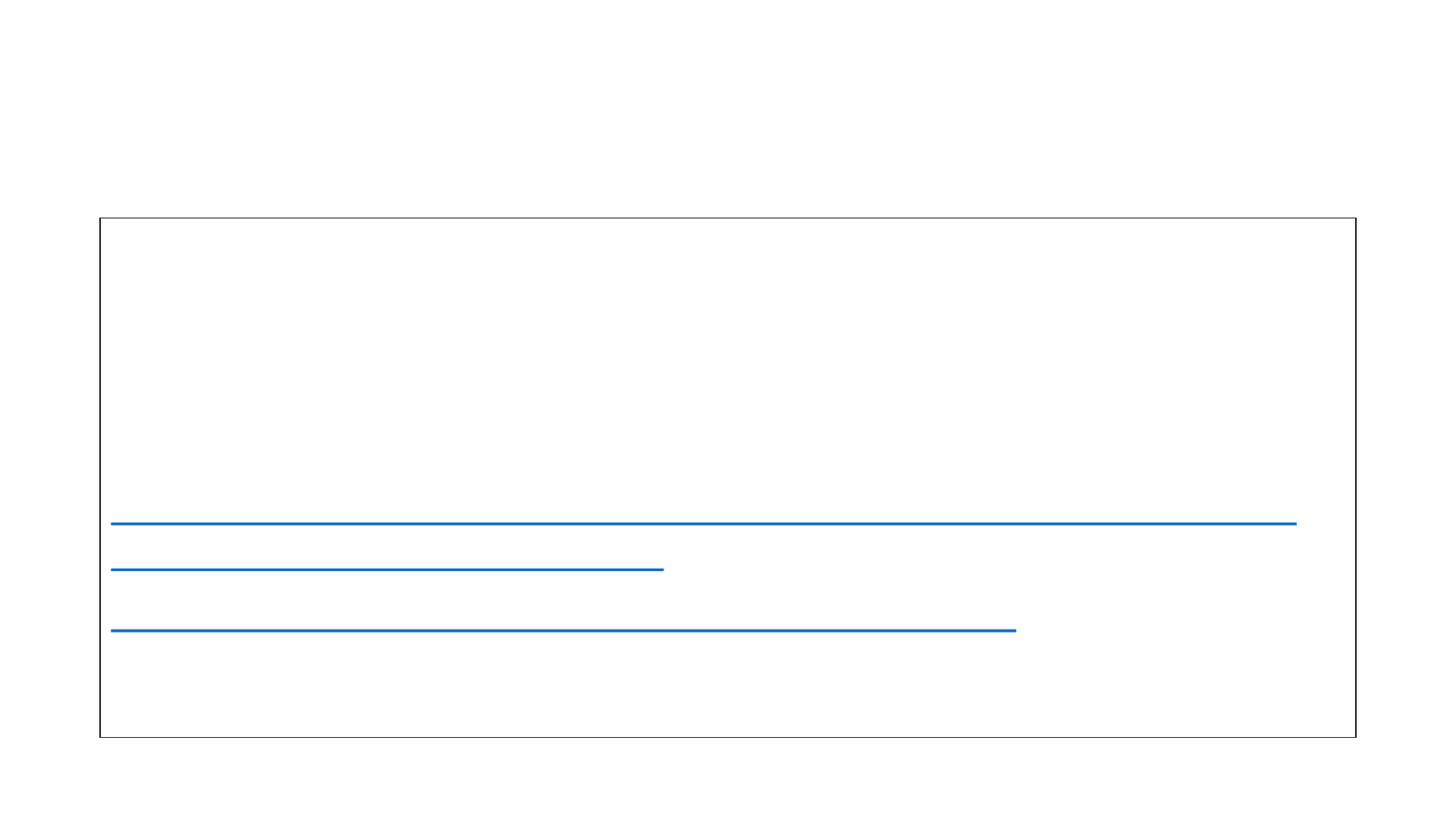
Welcome. I am glad you are here. TASK TWO
Read and annotate the article “Student –Centered Learning: It Starts
with me the Teacher”
Please put together a infographic sheet pulling out the information a
teacher would need to understand Student Led Learning-Examples on
next slides.
https://www.edutopia.org/blog/differentiated-instruction-learner-
interest-matters-john-mccarthy Resource to use
https://www.uen.org/7-12interactives/index.shtml Excellent
Resource to use
6
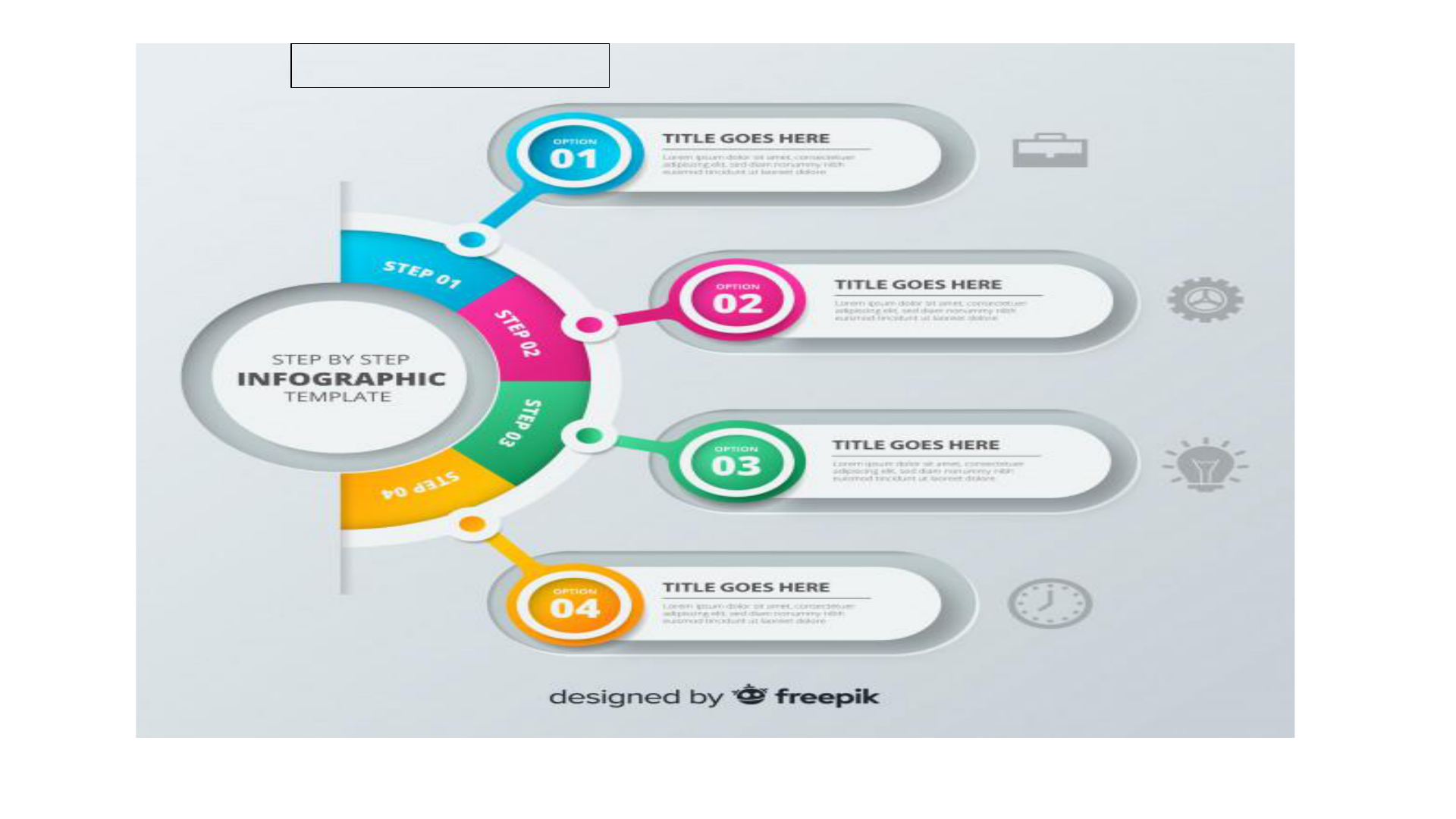
Example of an infographic
7

8

TASK THREE cont. Please answer
1. What do you do in your classroom to build relationships with your
students?
2. Why would it be important for students to become empowered in
learning?
10
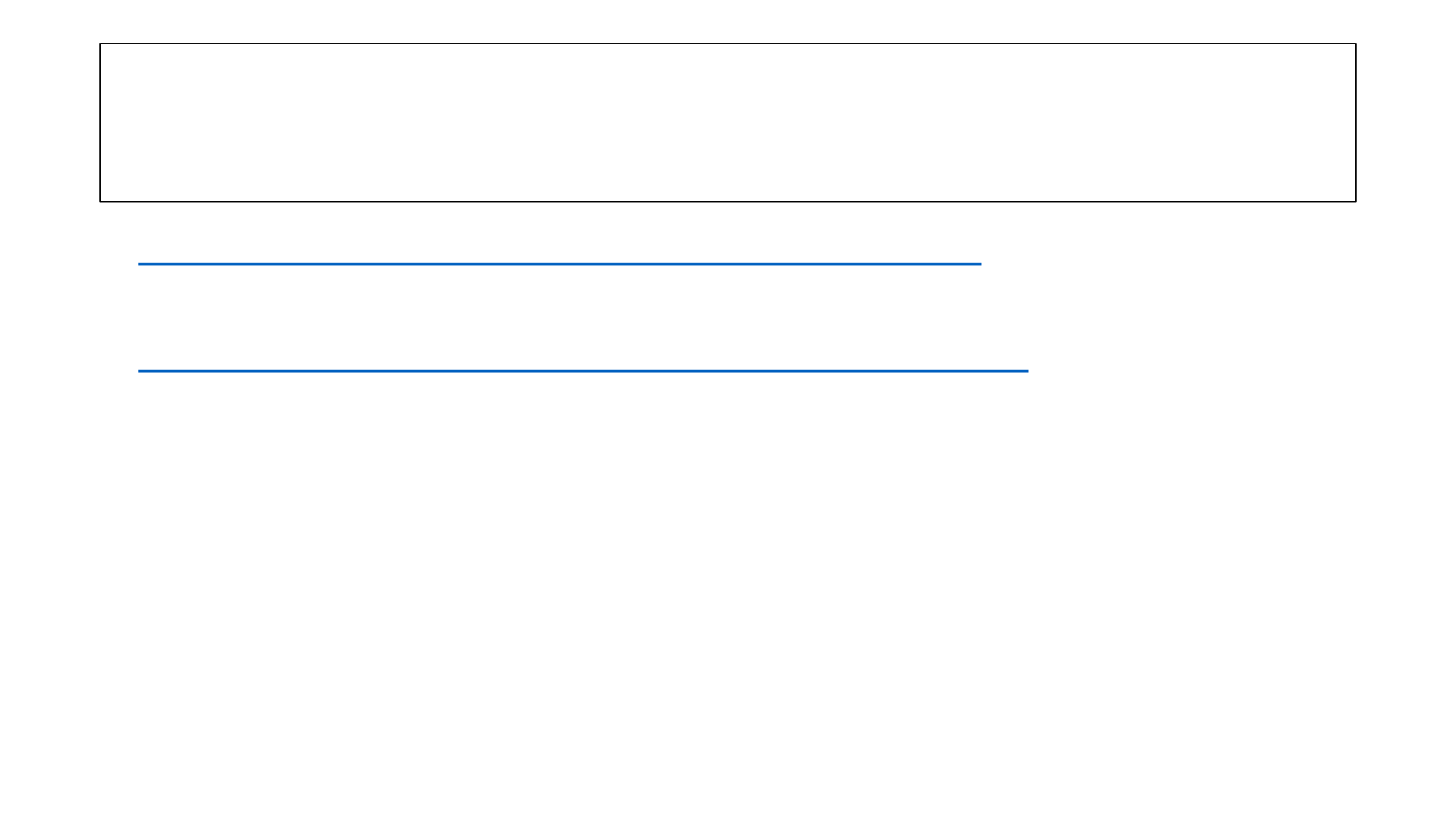
TASK FOUR
What does a good teacher look like?
• https://www.youtube.com/watch?v=lcrX9E63rx8 4.07 min What
Makes a Great Teacher
• https://www.youtube.com/watch?v=CGB53tX20ME 1 min
Tell me about the best teacher you ever had and the worst teacher
you ever had.
• Write down the words you felt from the best teacher.
• Write down the words you felt from the words teacher.
• Compare the two sets of words. What can you learn from this?
11

What is a definition for INTROVERT?
This is how Susan Cain sees it:
It's how you respond to stimulation, including social stimulation. So introverts
prefer lower-stimulation environments, that's where they feel at their most
alive. Whereas extroverts really crave stimulation in order to feel at their best.
It's important to see it this way because people often equate introversion
with being antisocial, and it's not that at all – it's just a preference.
We need all types of learners in a classroom to see things through each
others’ eyes. Linear, Global, Visual, Auditory, Kinesthetic, Artistic, Musical,
Methodical, Out of the Box, Introverts, Extroverts are just some of the
learners we need. The world is made up of all types of learners, too. We
have to work with them, team up with them, and understand each other.
Once we understand, we can build relationships.
13
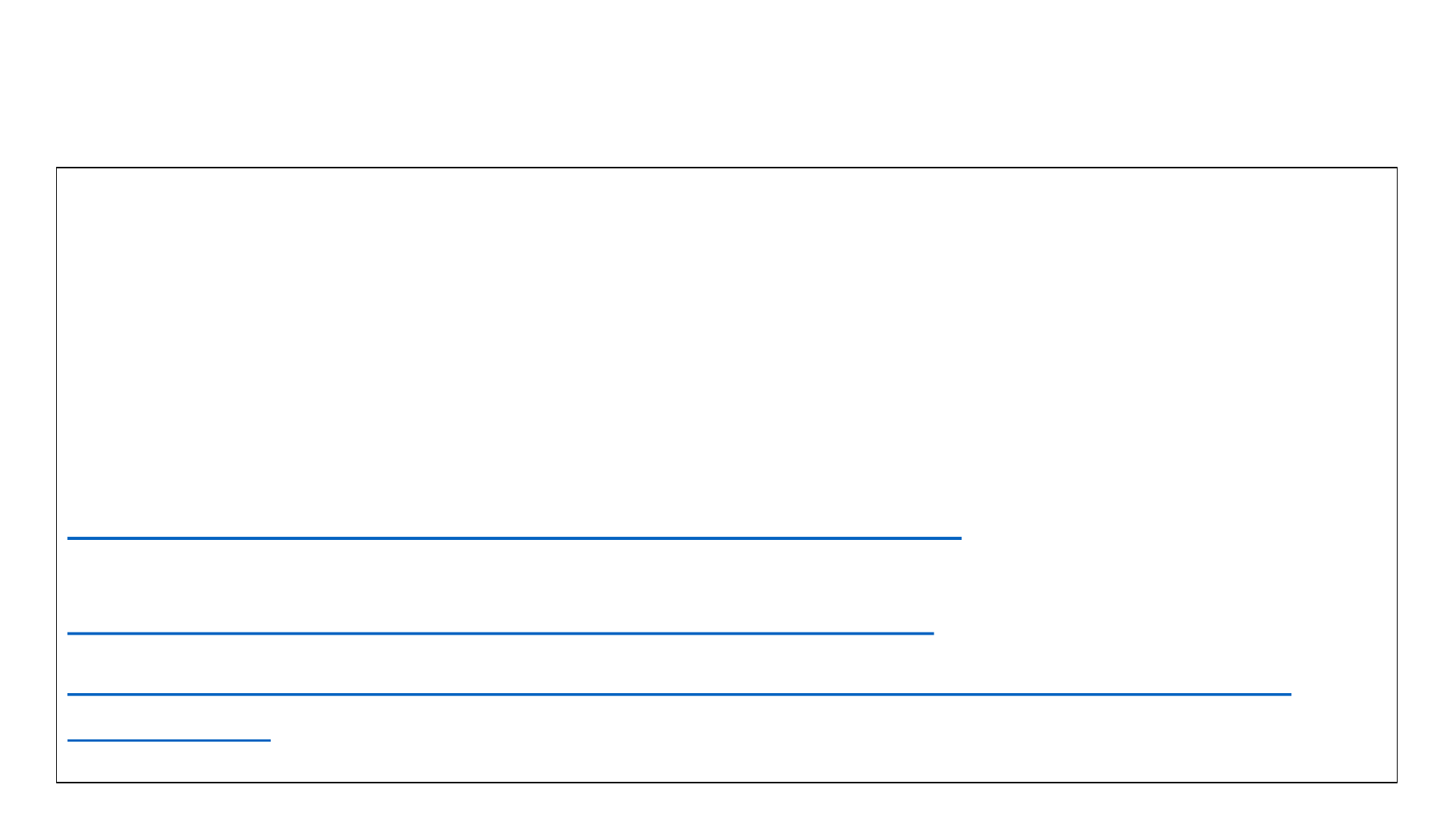
What kind of learner are you? Often we teach the way
we learn……
Are you an introvert or an extrovert?
Are you type A?
What is your personality type?
Are you a sensing, feeling, intuitive, or thinking type?
http://www.learningstyles.org/styles/index.html Seven perceptual
styles-Institute of Learning Styles Research site.
http://www.howtolearn.com/learning-styles-quiz/ online test
http://www.educationplanner.org/students/self-assessments/learning-
styles.shtml another online test with 20 questions
14

Assumptions You Might Have
• Do you think it makes sense to hand over the reigns
and allow your students to lead classroom activities?
• Have you taken charge of learning something in your
personal life that you could relate to the idea of
student led activity? (learning a new sport, a video
game, a language, how to use technology?)
• With student led classes being preferred today as the
norm, what about the introverts in your classroom?
How can they become a part of the student led
activities in your room?
15

Task Six -
What would happen if you gave the students an online, free learning
style test?
How would that help you design activities, assignments, and teaching?
Did you find out your learning style? What was it, if you did?
16

Accountable Talk-
The best way to get a good idea is to get lots of ideas.—Linus Pauling-
Nobel Prize–winning chemist and peace activist
• Learning is social and peer interactions help extend understanding.
The idea that peers can scaffold new learning effectively for one
another was one of Lev Vygotsky's great contributions.
• Belsky, Houts, & Morrison, 2007 did a study and found that 91% of a
1000 students across the country engaged in whole group or
independent seat work daily. Very little time was spent engaging with
peers.
17

According to Tennessee Dept. of Ed.
Accountable Talk
• Talking with others about ideas and work is fundamental to learning.
It gives us the opportunity to organize our thinking into coherent
utterances, hear how our thinking sounds out loud, listen to how
others respond and, often, hear others add to or expand on our
thinking.
• But not all talk sustains learning. For classroom talk to promote
learning it must be accountable to the learning community, to
accurate and appropriate knowledge, and to rigorous thinking.
19

Discussions and Collaborations are Necessary
Small Group Accountable Talk
https://artsintegration.com/wp-
content/uploads/2015/09/AccountableTalk-Stems.pdf list of stems
• Break students into groups of 3-4 and provide them with sentence
stem cards that they draw at random to formulate conversations. Ask
students to record the sentence stem(s) and their completed idea(s)
in their notebooks or journals to hold them accountable for the
conversation.
• Put a phone on record at the table while a group is discussing. Listen
to it after and see what conversations they are having using the
stems.
21

Peer Groups/partners provide: TASK EIGHT
Please look at the website at the bottom of this slide. How could this be helpful
to you as a teacher?
• Repetition of key words and phrases;
• Functional, context-relevant speech;
• Rich feedback; and
• Reduced student anxiety. (Hill & Flynn, 2006, p. 56)
• Using sentence frames can relieve the linguistic load, allowing students to focus on the content
while they practice academic language
• Linguistic frames can be used at any level—from beginning language learners to native
speakers, from kindergartners to adolescents. Harvard University education professor and
author Howard Gardner even asks postdoctoral fellowship applicants to use them to guide their
responses: "Most scholars in the field believe _______" and "As a result of my study, ________"
(Graff & Birkenstein, 2006).
https://www.mercerislandschools.org/site/handlers/filedownload.ashx?moduleinstanceid=16787
&dataid=40880&FileName=SentenceFrames_Grade4%20.pdf
22

Sentence Frames for all Contents
• Personalizing
By thinking of the end in mind, you can level and personalize sentence
frames or sentence stems to help English learners progress in language
proficiency.
Beginning-Simple sentence structure: ____and ___ are quadrilaterals.
Intermediate-Comparative sentence structure: ___and ___ are
quadrilaterals, however ___has___.
Advanced-Complex comparative sentence structure: Although___and ___
are ___, ___is different because...
23

24
Language proficiency level: Students may be grouped together for a language lesson or
heterogeneously to provide language models and facilitate sustained conversation.
Primary language: Students work with others who speak the same language, allowing them to discuss
new and complex topics in a familiar language.
Skills development: Students are grouped together because they are working on the same skill.
Interest: Students study a shared topic of interest or are spread among groups to serve as motivators.
Work habits: Students are spread among groups to model work habits.
Prior knowledge of content: Students are grouped to share topical knowledge.
Prior knowledge of strategies: Students are organized to share strategic knowledge.
Task or activity: Students are grouped together because the task or activity has been designed to
meet their needs.
Social: Students are spread among groups to serve as leaders or in other specialized roles.
Random: Random grouping ensures that students come into contact with all members of the class and
build community.
Student choice: This pattern gives friends an opportunity to work together
(Flood, Lapp, Flood, & Nagel, 1992).
GROUPING IDEAS INSIDE YOUR CLASSROM

Culture and Learning
Students from other cultures may be used to working independently
and may be uncomfortable working in a group. We live in a society
where people work together at some point in most careers and walks of
life. Students need to be able to step outside this comfort zone and
engage in different types of groupings. Students need to recognize and
value differences in their classmates. What about the introverts?
Creating a team of learners is what education is all about.
Frank discussions might be the answer for some classes so that
everything can be discussed in the open and work out the kinks before
grouping begins.
25

Rituals and Procedures in Place or Not?
A second grade teacher and a tenth grade teacher could have the same
expectations for every type of group inside the district.
Making the procedures of the task as well as the expectations for quality and
substance of the outcome crystal clear for all students.
• This may mean showing models of completed work, writing the directions
in addition to telling the students what to do, or modeling how to do the
task
• Posters of the steps involved in each collaborative task are one way of
helping students learn what they are supposed to do.
• Do you ever pull away from the Gradual Release of Responsibility? NO
26

Changing How You Assess Mastery TASK NINE
The list below is what students chose to show mastery to their teacher.
Although the student choices were all over the board, the overall percentages that
first semester looked like this:
• lab work: 95 percent of students
• small group work: 93 percent
• journaling: 90 percent
• oral reports: 40 percent
• writing cluster: 15 percent
• artwork: 12 percent
• written tests: 6 percent
Look at the site below and see how this teacher approached choice of mastery.
Then tell me what you think of this approach. Does it lead to student led choice?
https://www.edutopia.org/article/bringing-student-choice-assessment-science-
classes Article to read: One HS Science Teacher let students choose how they will
show mastery. Look at the ones that were top choices.
27

Interactive Notebooks Positive Comments
• Invites students to become an active participant in their learning
• Organizes material to review and reflect
• Helps students process assignments
• Helps students organize systematically as they learn
• It becomes a portfolio of their learning (Domain 1 1b, 1c, 1e, 1f;
Domain 2, 2b; Domain 3, 3a, 3c, 3e; Domain 4, 4a, 4b
• Inspires creativity and differentiation
• Most of all, it gives you, the teacher, a link into their connections in
learning and lets you reflect on the effectiveness of your instruction.
Using portfolios can be an artifact of standard mastery and Danielson
mastery.
29
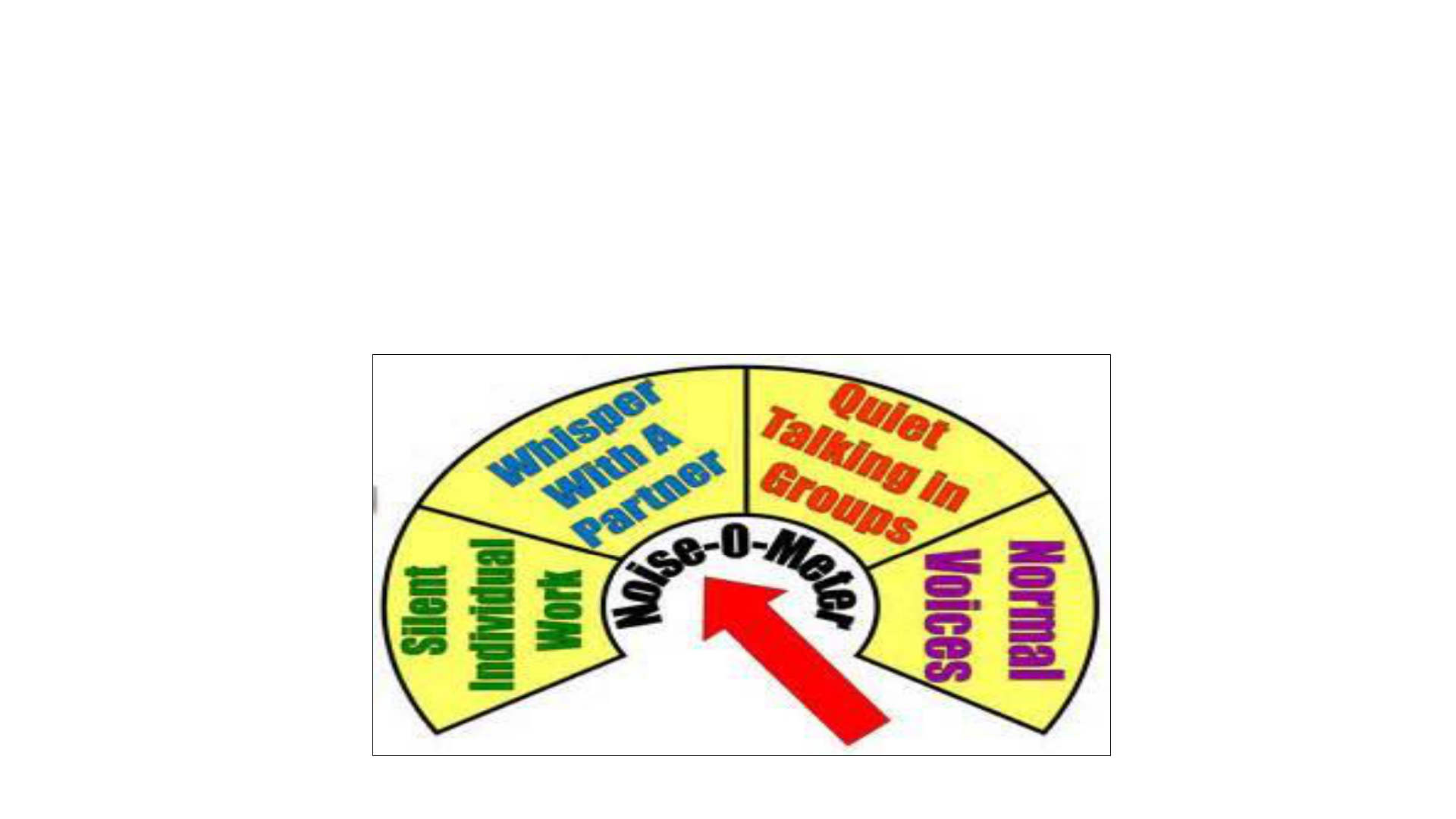
NOISE LEVELS
• Google Noise Meters are good things to have inside a classroom of
learners. Teacher gets to choose the level
30

Lesson Design ARTIFACTS should be used to show evaluators what you used to plan
and implement a lesson or unit and mastery of the lesson……
Prepare students for new learning
Present the new learning
Deepen and Reinforce
Learning
Apply Learning
Reflect on and Celebrate Learning.
How
will you do it?
How will you assess it?
31
For units or several lessons on a theme, use the EQUIP rubric found in the Foundations
https://www.achieve.org/our-initiatives/equip/equip
https://www.achieve.org/publications/equip-task-rubric-english-language-arts-elaliteracy video

Lesson Plan –The Beginning and The Ending of Class
TASK TEN
• https://www.youtube.com/watch?v=IHc7K_8JGT8
32
What is the Serial Position Effect?
The serial position effect describes how our memory is affected by the position of information in a
sequence. It suggests that we best remember the first and last items in a series and find it hard to
remember the middle items.
The website below gives many different ideas to use at the beginning and end of class for better memory.
Please look at it and pick three ideas you could use in your classroom and why you chose them.

Domain 3
Instruction
Domain 2
Classroom Environment
Domain 3
Instruction
3a Communicating with Students
3b Using Questioning and Discussion Techniques
3c Engaging Students in Learning
3d Using Assessment in Instruction
3e Demonstrating Flexibility & Responsiveness
Domain 3
Instruction
3a Communicating with Students
3b Using Questioning and Discussion Techniques
3c Engaging Students in Learning
3d Using Assessment in Instruction
3e Demonstrating Flexibility & Responsiveness
Domain 2
Classroom Environment
2a Creating an Environment of Respect & Rapport
2b Creating a Culture of Learning
2c Managing Classroom Procedures
2d Managing Student Behavior
2e Managing Physical Space
Domain 2
Classroom Environment
2a Creating an Environment of Respect & Rapport
2b Creating a Culture of Learning
2c Managing Classroom Procedures
2d Managing Student Behavior
2e Managing Physical Space
Domain 4
Professional Responsibilities
Domain 1
Planning and Preparation
Domain 4
Professional Responsibilities
4a Reflecting on Teaching
4b Maintaining Accurate Records
4c Communicating with Families
4d Participating in a Professional Community
4e Growing and Developing Professionally
4f Showing Professionalism
Domain 1
Planning and Preparation
1a Demonstrating Knowledge of Content & Pedagogy
1b Demonstrating Knowledge of Students
1c Setting Instructional Outcomes
1d Demonstrating Knowledge of Resources
1e Designing Coherent Instruction
1f Designing Student Assessment
The Danielson Framework for Teaching
33

The Framework for Teaching
DOMAIN =
Indicator =
ELEMENT =
3. Instruction
3c. Engaging Students
in Learning
Grouping of Students
4 Domains
22 Components
76 Elements
34
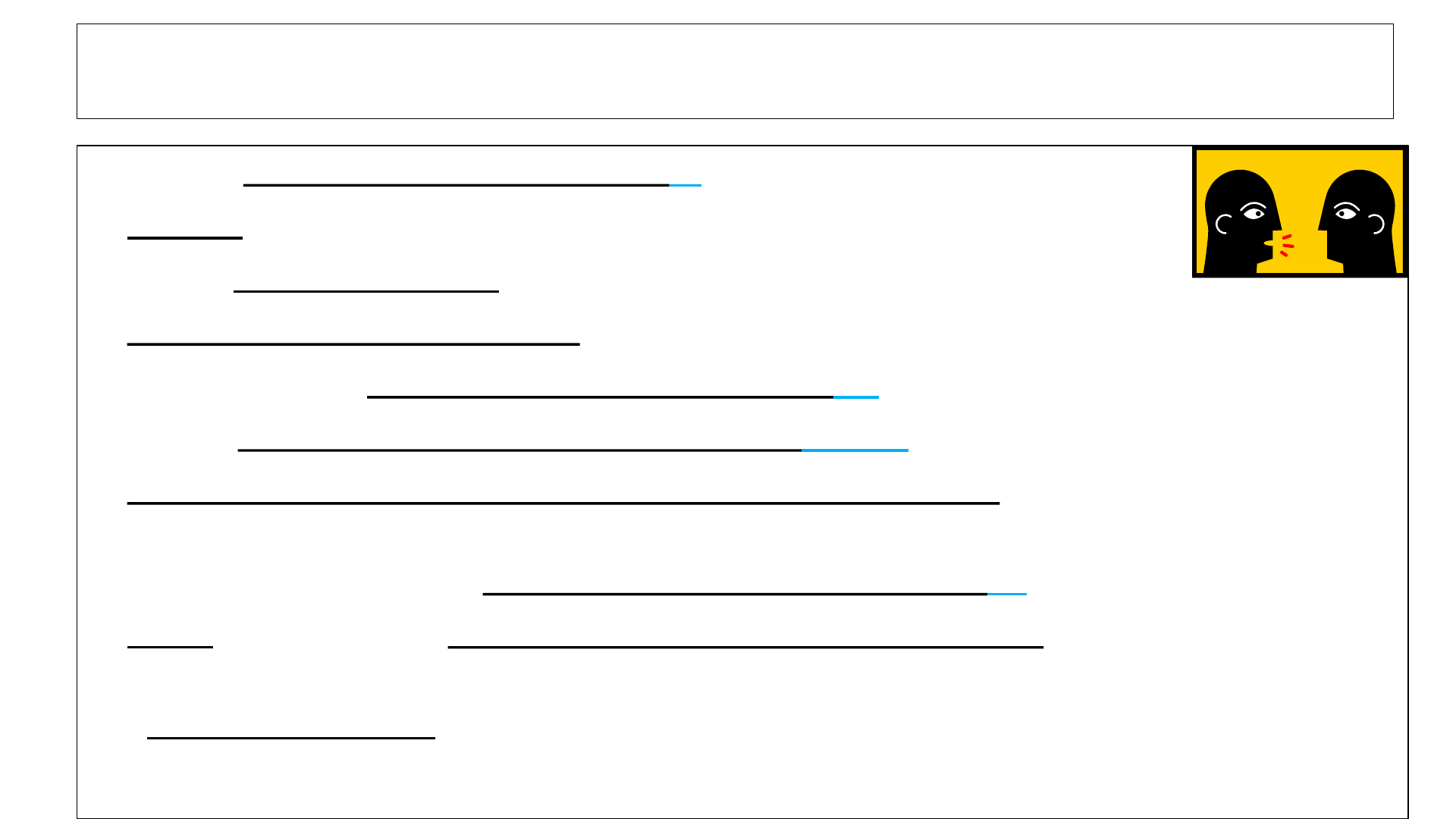
10 Adjustments To Your Teaching To Accommodate Inquiry-Based
Learning and fulfill the Danielson Domain ARTIFACTS..
1. Design rubrics to support inquiry 1f
2. Model deep, extended critical thinking 1c 2b
3. Build “thinking stamina” 1c 1d 1e 3b
4. Adjusting grading processes to accommodate new learning approach 1f 3d
5. Encourage but don’t require collaboration 3 c
6. Clarify value of mistakes and uncertainty 2a 2b
7. Design physical learning spaces to promote interaction, access to digital and
physical media, and spontaneous collaboration 2 e
8. Artfully design spaces with color, light, and furniture 2e
9. Work with teachers across content areas and grade levels to increase “gravity”
of student work 4e
10. Connect students with experts and local organizations to embed work 4c 4d
4f
35

Where do I start?
Begin small.
Start with putting into place rituals and procedures for a student led
discussion. Introverts may need a space to themselves at times.
You might set up like this:
•Everyone has a role inside the group.
•Roles change with each topic or each day.
•Each role has specific jobs.
•The group must use accountable talk and stick to the rituals and procedures of
discussion.
36
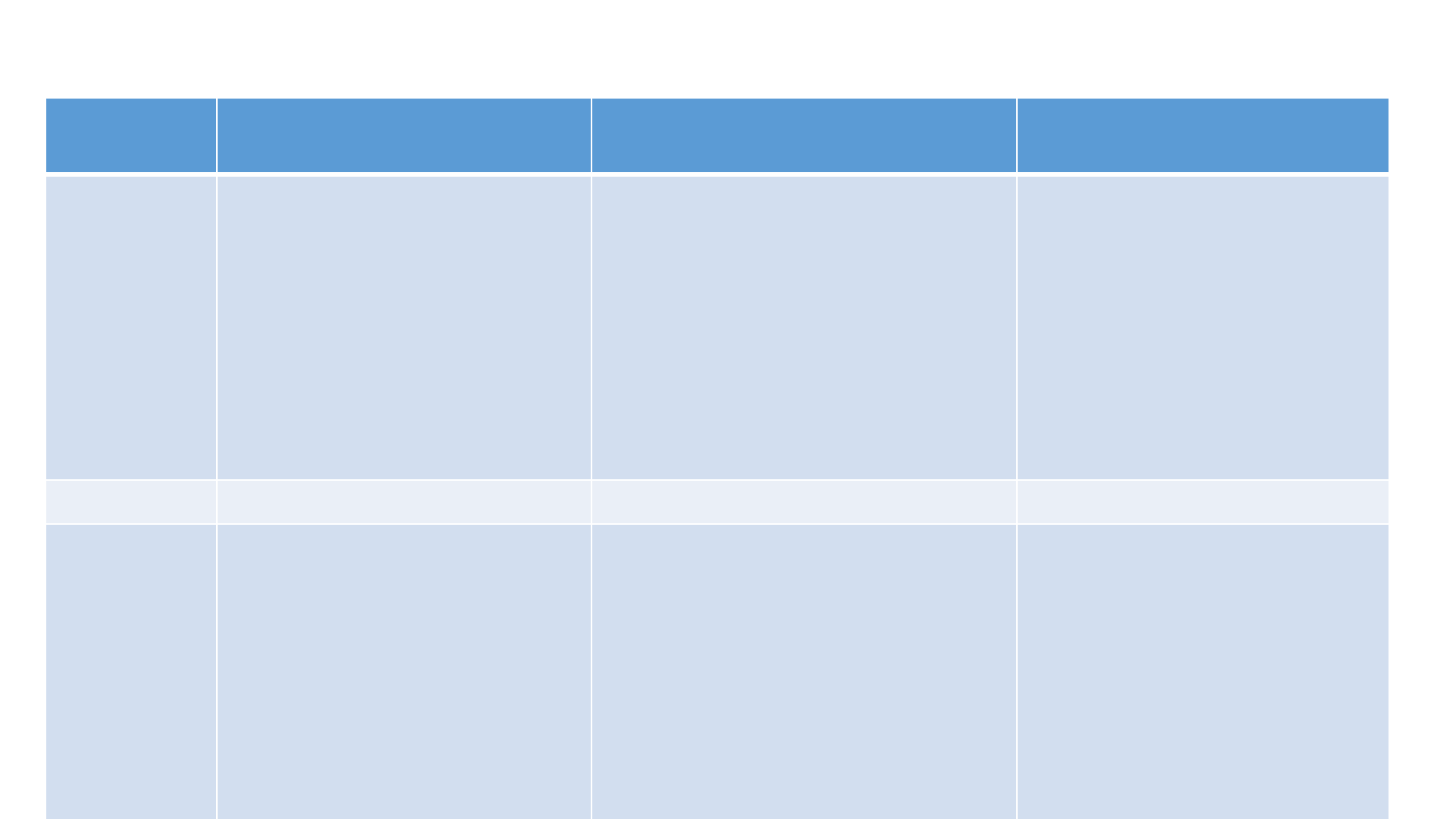
• Example Sheet
Domain #
Indicator #
What does it Look
Like
What does it Feel
Like
What does is Soun
d Like
2 and 2a
Teacher Greeting Students
Manners used
by all
Classroom is set up for
Collaboration
Anchor charts or posters are
large enough to see from all
over the room
It feels safe
to be there
Teacher and students have a
working relationships
Metacognition is happening
Motivated students, smiles, working
groups, and learning is happening.
Noisy, lots
of different voices
and ideas
Clear expectations and clear
task directions
Accountable Talk being used
Teacher checking in with
questions that spur more
learning and discussion
2 and 2b
Ideas from many
voices are
posted
Teacher has her own thinking in
the room
Students are flexibly grouped
Differentiation is being used
Students are formatively being
assessed
Rubrics are helping students stay on
task
Reflection is happening with groups
Teacher is conferencing with
individuals and groups and
nonverbal looks show they are
more motivated
Noisy, lots of different
voices
Respectful talk
Teacher asking higher order
questions to some and literal
questions so that all students
can be involved in discussion
Students using anchor charts
for reference
37
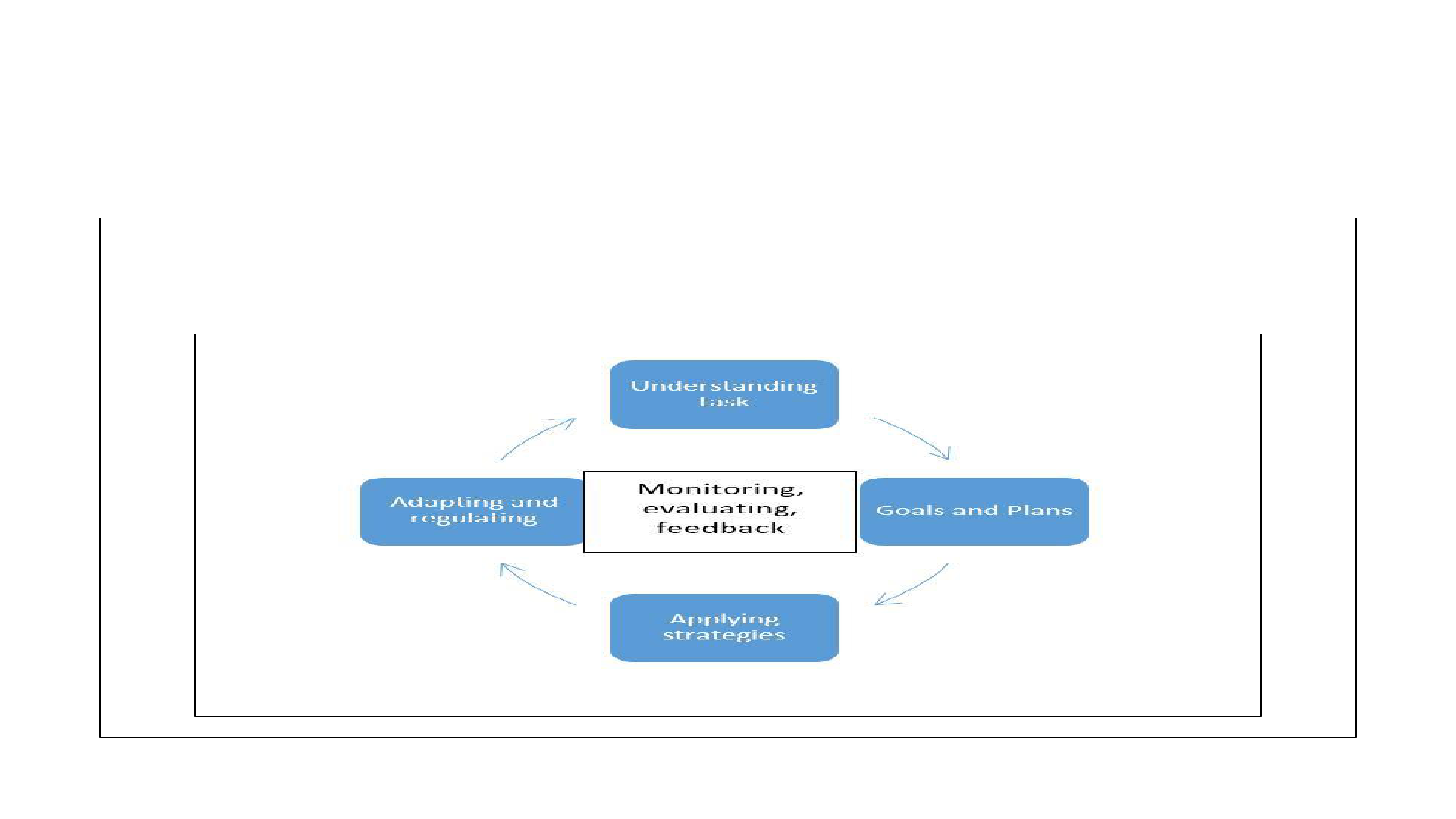
Danielson Framework TASK ELEVEN
What is good about Danielson when it comes to Student Led
Classrooms?
38
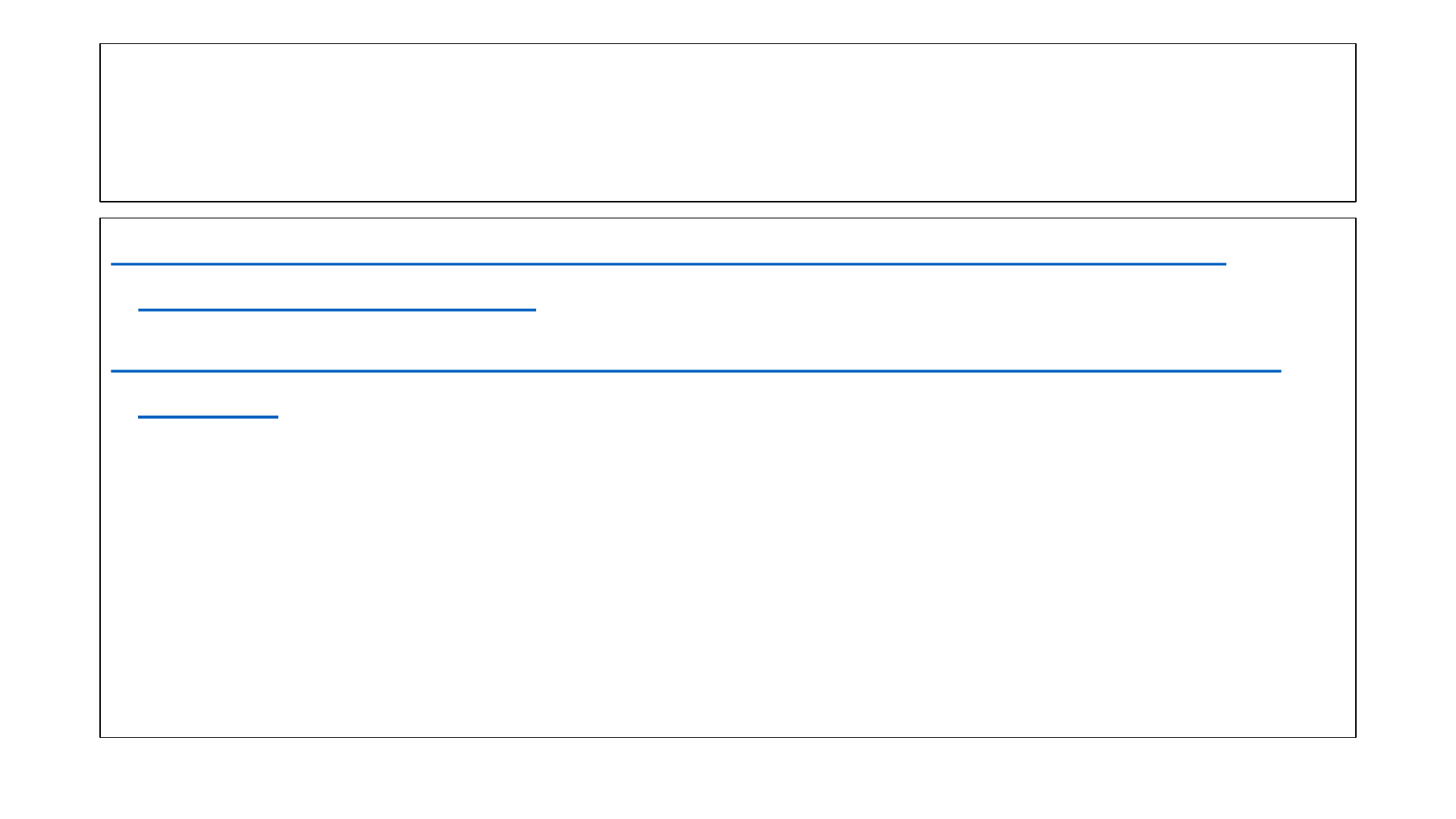
Let’s Look at A Framework for Teaching
Components -TASK TWELVE
http://www.edutopia.org/made-with-play-game-based-learning-
science-role-play-video 4 min human body
https://www.edutopia.org/video/student-centered-model-blended-
learning 5.41 Blended Learning
Use your Domain Sheet Slide 34 . Can you pick out the domains that
were shown in this video?
Can you identify at least one indicator that was happening in either
video?
39

Change Roles
40

Lessons to View
https://www.youtube.com/watch?v=4VNr66TbcCw
Choral Reading of Oedipus 4.14 min.
https://www.youtube.com/watch?v=AEY7YjqFnxY 3.26 Baseball Card
https://www.youtube.com/watch?v=15-qWMHuja8 7.07 Policies after
WWII Lesson
https://www.youtube.com/watch?v=h9P21TBJJ3o 7.09 Math Secondary
https://www.youtube.com/watch?v=zx_5whBOiZ8 7 min. Science/Bugs
9
th
grade
https://www.youtube.com/watch?v=zx_5whBOiZ8 5min 9
th
gr lesson
41

Other Countries Might Do Things
Better…..I don’t know….
• http://primas.mathshell.org.uk/pd/modules/1_Student_led_inquiry/
html/videos_1.htm?lang=DE&display=popup Student Cooperative
with Math and Plastic Bottles
• http://primas.mathshell.org.uk/pd/modules/1_Student_led_inquiry/
html/videos_2.htm?lang=DE&display=popup Spirolaterals and math
–This lesson gives the students the room to figure something out
without the help of the teacher
• You might have to highlight and put into your browser.
42
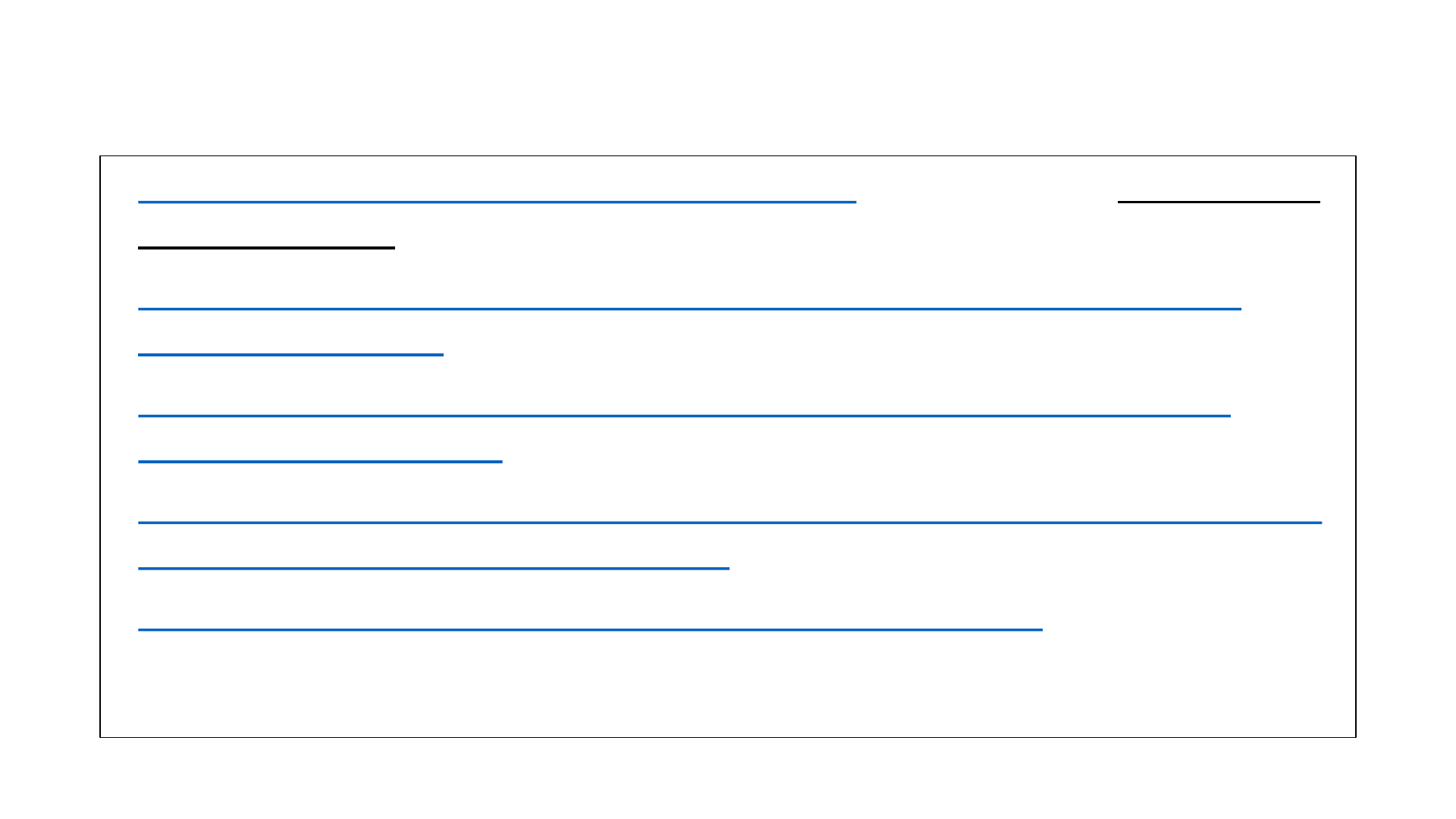
Student Led Resources
• https://sites.google.com/site/teawithted/ Tea With Ted student-led
learning group
• https://practices.learningaccelerator.org/strategies/student-led-
learning-activities
• http://blog.futurefocusedlearning.net/9-student-led-formative-
assessment-activities
• https://www.nhaschools.com/en/blog/Teachers-Lounge/10-Tips-for-
Creating-a-Student-Led-Classroom
• https://www.youtube.com/watch?v=W9pS4ANUecA
44

Student led conferences could help you put students on “center stage”
and take more responsibility for their academic achievement, self-
discipline, and physical well-being.
45

POWER
Student led conferences…
• Encourage students to take an active role in their learning
• Motivate students to take more ownership for their work
• Allow students to see their progress over time
• Encourage students to evaluate their work
46

POWER
Student led conferences…
• Encourage students, parents and teachers to openly
communicate as equal partners about student achievement
• Enhance students’ oral communication skills
• Build students’ self-confidence
• Build relationships
47

POWER
Student led conferences…
• Increase parent participation in conferences
• Move students toward goal of being life long learners
• Focus discussion on priority standards and their
accomplishment
• Showcase student work
• Encourage students, parents and teachers to engage in open,
honest, dialogue
48

POWER
Student led conferences…
• Press students to have a vision for their future
• Utilize students strengths, interests, and hobbies to garner higher
student achievement
• Facilitate the development of students oral communication skills
• Encourage self-efficacy
49

Helpful Tips for Organizing Student-Led
Conferences
• Keep it simple. One- to three-step directions work best. You want for your
students to be able to show what they know—not to leave parents trying
to figure what they are supposed to do.
• Limit handouts. I once provided rubrics, standards, and lots of home
activities at each station—but most parents didn’t take them. A sheet for
jotting down notes is all that parents really need. You can post additional
handouts online or provide them per request.
• Provide translations. Provide pathways for non-English-speaking parents to
participate. I try to schedule Spanish-speaking parents at the same time, so
that I can make sure there is someone to translate for them. If there is no
translator available, I make sure directions are translated ahead of time.
• Together is better. Find a buddy! I once asked two colleagues to join me in
trying out student-led conferences and we split the amount of work, each
taking on a subject and creating stations for the others. Practice with
students. This is the best way to try out your stations. Introduce each task
so that students know what to expect when they arrive.
50
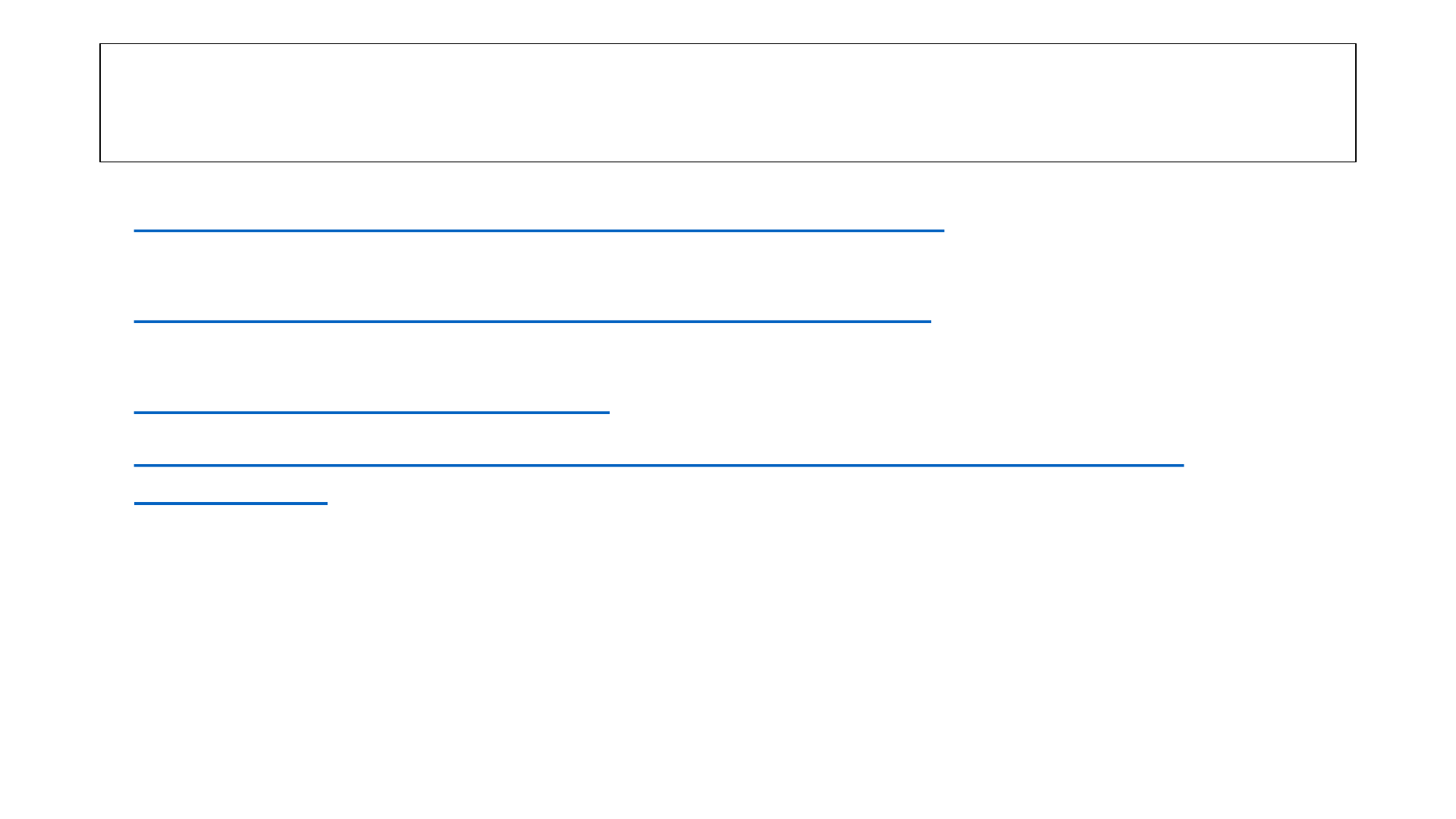
Student Led Conferences TASK THIRTEEN
Choose one to watch and comment on.
https://www.youtube.com/watch?v=yXr6tDNbBe8 3.33 min.
Elementary Student
https://www.youtube.com/watch?v=NTlp9vpzx-Q 5.55 min of one
student led conference Middle School
https://vimeo.com/43992567 5.54 min. HS Student Led Conference
https://www.edutopia.org/video/developing-agency-student-led-
conferences 3.43 min. Developing Agency HS
Students select what to keep in their portfolios according to given or mutually
agreed upon criteria (e.g. "This was challenging..", "This shows my progress
in...", "I am proud of this because..." etc). Since it is the STUDENT who does the
learning so to speak, he/she is the "director" of the entire process - (s)he
speaks, shows, demonstrates etc.
51

Great Resource for Student Led Conference
and Templates
• https://images.template.net/wp-
content/uploads/2015/11/13204219/student-council-agenda-
template.pdf
• This is an entire handbook of how to on Student Led Conferencing.
• It details even the ideas of students and how they perform the
conference so standards on listening and communicating are
incorporated.
52

After the Conference
Reflect with the students on a + and – Chart
I Liked
I would like to change
I liked my parents being there
I liked showing
them the best of my work and the
things I still need to work on
I liked that my parents paid close attention to me
I would change the
things I picked to show them.
53
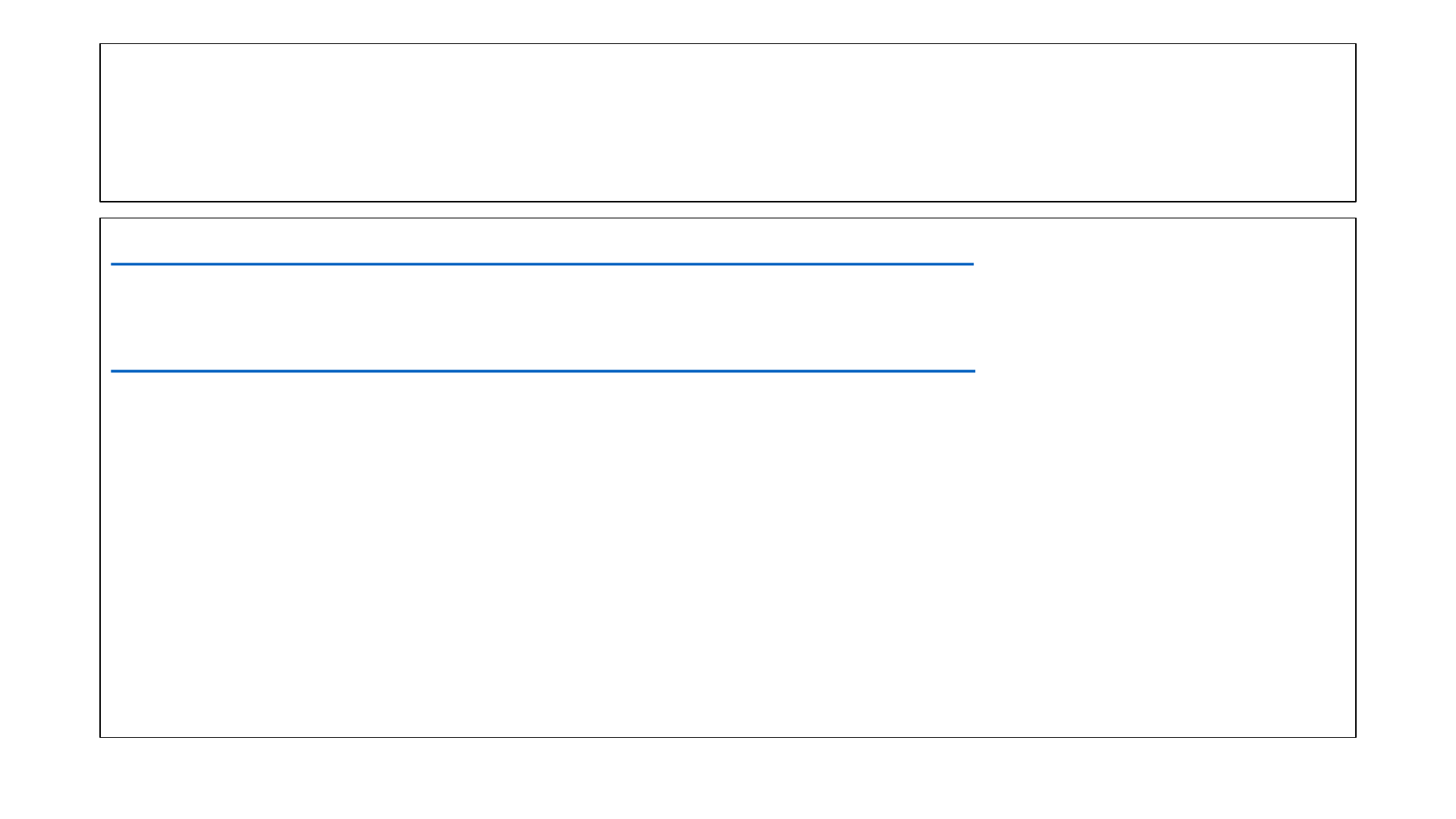
Resources to watch Task Fourteen
https://www.youtube.com/watch?v=w9Jt2EGL4sg 5.59 A lesson on
building transfer of vocabulary concepts
https://www.youtube.com/watch?v=uGILIaqCRO8 5.42 Video tape
yourself for improving your practice Highlight this website and put into
your browser to watch if you cannot get it to come up by clicking on it.
1. After watching these two videos, please tell me what you could use
from them in your own classroom or your own life as a teacher?
54



